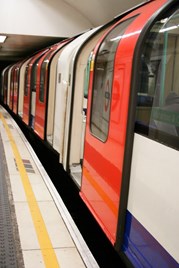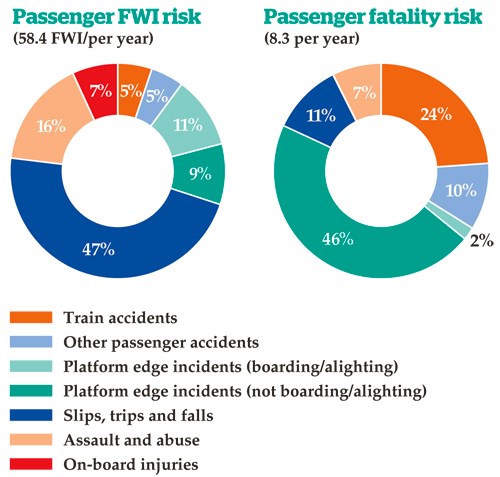 Read the peer review for this feature.
Read the peer review for this feature.
Download the graphs for this feature.
As the number of people using the railways increases year on year, so the demand increases for the industry to manage potential risk at stations, particularly at the interface between the platform and the train (known as the PTI - Platform Train Interface).
Rail is a genuinely safe way to travel, especially when compared with other modes of land transport. During 2013-14 there were 1.6 billion passenger journeys made and more than 115 million tons of freight carried, illustrating that it is also a popular choice.
To accommodate for higher passenger numbers and to manage risk, the industry has been collaborating through the Rail Safety and Standards Board to develop a strategy aimed at improving safety, performance, capacity and accessibility. The result? A dedicated PTI strategy, launched in January 2015.
The PTI represents 21% of the risk of harm and 48% of the risk of fatal harm to passengers and accounts for between 1,250 and 1,500 injuries per year. Between April 2009 and April 2014 there were also 18 fatalities. During this period, well over seven billion passenger journeys were made by rail. Notwithstanding the greater share of journeys by car, in the five calendar years 2009-2013, 9,440 people died on Britain’s roads.
In the past decade, Britain has been Europe’s fastest-growing railway, with passenger numbers up by 50%. This increase will ultimately lead to a growth in the number of people boarding and alighting trains.












